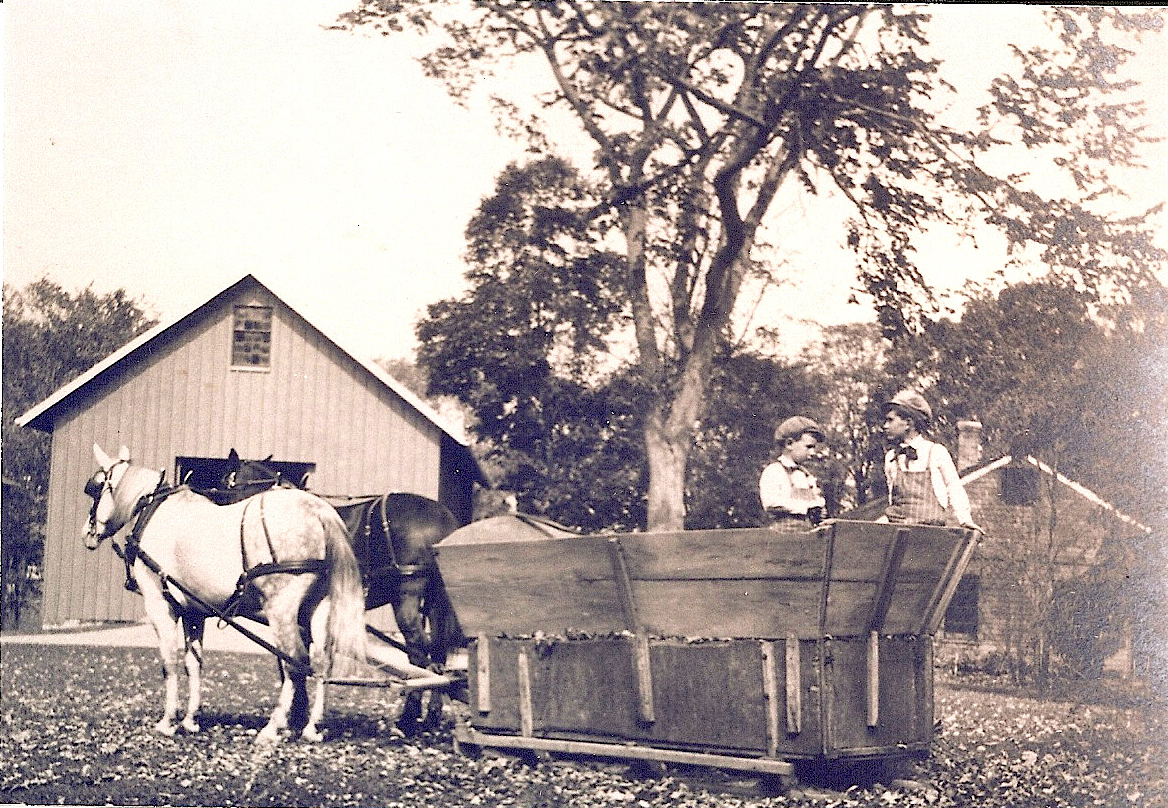
The birthplace of the anti-slavery movement.

Smithfield is a small town with a rich and nationally significant history. Officially established in 1807, Smithfield was formed from the town of Cazenovia and named after Peter Smith, a prominent landowner who acquired over 50,000 acres from the Oneida Nation as part of what became known as the “New Petersburgh Tract.” Smithfield’s original boundaries once included lands that later became the towns of Fenner in 1823 and Stockbridge in 1836.
Smithfield was first settled around 1797. Its early landscape included productive upland farmland and a large cedar swamp known for its marl deposits. As the town grew, so did its industries. Early economic activity featured a variety of mills and factories, including a glass factory established around 1808, a distillery, a tannery, sawmills, a carding and fulling mill, and local taverns and shops. The Oneida Turnpike, which passed through the hamlet of Peterboro, became a vital transportation route that supported trade and travel in the region.
The hamlet of Peterboro, located within Smithfield, served as both the civic and social center of the town. It was named after Peter Smith, but its most lasting impact came from his son, Gerrit Smith, a nationally renowned social reformer, abolitionist, and philanthropist. Gerrit Smith transformed Peterboro into a major hub of abolitionist activity in the United States during the 19th century.
In 1835, Peterboro hosted the first successful meeting of the New York State Anti-Slavery Society after the gathering was forced out of Utica. That meeting drew approximately 1,000 people, an extraordinary turnout at the time, and marked Smithfield as a powerful voice in the national abolition movement. Gerrit Smith’s influence extended beyond speeches and activism. He opened Peterboro to the Underground Railroad, offering shelter and support to freedom seekers escaping slavery. He also pursued social experiments in temperance and economic self-reliance, including funding the first known temperance hotel in the nation and supporting a home for the poor to promote dignity and industriousness among the underprivileged.
Today, Peterboro honors this legacy through the National Abolition Hall of Fame and Museum, housed in the restored Peterboro Presbyterian Church, built in 1820 and now serving as the town hall. Nearby stands the historic Peterboro Land Office, a Federal-style building constructed in 1804 that remains a preserved symbol of early civic life.
While Smithfield remained largely rural and agriculturally focused, the absence of a major railroad limited its long-term industrial development. The population peaked in the mid-19th century with around 1,500 residents and has since modestly declined. As of the 2020 census, Smithfield is home to approximately 1,127 residents and spans about 24.5 square miles.
Despite its quiet character today, Smithfield’s legacy is anything but small. From the vast land dealings of Peter Smith to the bold humanitarian vision of Gerrit Smith, this town’s impact on American history is deep, enduring, and proudly remembered.
